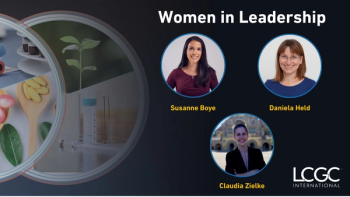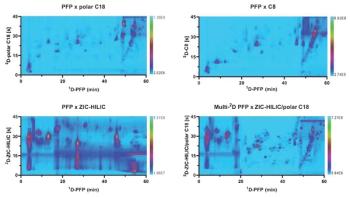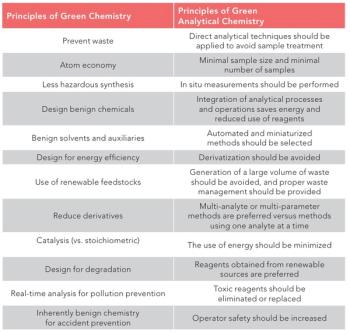
- Special Issues-04-01-2011
- Volume 29
- Issue 4
Recent Developments in HPLC/UHPLC
New chromatography technology for the analytical laboratory is being driven by the ever expanding need and challenge to get more and better information faster, all in an economic climate where cost control is a primary concern. At the same time, samples have become more and more complex, detection limits are being driven increasingly lower, and regulatory concerns, particularly for biotherapeutics, are being increasingly scrutinized.
New chromatography technology for the analytical laboratory is being driven by the ever expanding need and challenge to get more and better information faster, all in an economic climate where cost control is a primary concern. At the same time, samples have become more and more complex, detection limits are being driven increasingly lower, and regulatory concerns, particularly for biotherapeutics, are being increasingly scrutinized.
Michael Swartz, Ph.D.
To answer today's challenges in the laboratory, chromatographers are taking advantage of available new technology, often in rather unique ways. To tackle a particular issue they sometimes simply apply a new approach to a problem, like a new type of column or detector, or other times use a combination of new technologies, where the end result is greater than the sum of the individual parts. From new columns and detectors to multidimensional and orthogonal applications of technology, chromatographers have an ever expanding repertoire of tools available.
In this Recent Developments in HPLC/UHPLC supplement to LCGC, I have assembled several articles dealing with a broad range of technology and approaches. The first three articles deal with bioanalytical assays from small molecules to biotherapeutics in a regulatory environment. The first is an article by Pekol and colleagues that discusses the high sensitivity liquid chromatography–tandem mass spectrometry (LC–MS-MS) analysis of a novel ibuprofen dosage form from plasma and synovial fluid samples in preclinical (miniature swine) studies. The next article by Aboul-Enein and colleagues utilizes fast LC, highlighting their work for the identification and quantitative analysis of some third-generation cephalosporin antibiotics in human plasma. Completing the bioanalytical trifecta is the article by Chambers and colleagues that presents a systematic approach to bioanalytical method development for therapeutic peptides, using ultrahigh-pressure liquid chromatography (UHPLC)–MS-MS. They use a high-sensitivity, high-throughput approach and describe the sample preparation, separation, and detection of a set of 12 diverse peptide therapeutics.
Fast LC is one way to get more productivity out of existing high performance liquid chromatography (HPLC) technology and prepare for the next generation of UHPLC systems with more efficient separation schemes. Continuing on the high-throughput, fast-LC theme, the article by Joe Helble incorporates the use of faster mobile phase flow rates and smaller particles to achieve separations in less time and with equivalent resolution to traditional HPLC. The article by Xue and colleagues proposes a solution to the challenge of tracking peaks during method development for the assessment of impurity profiles of active pharmaceutical ingredients. Using multiple orthogonal HPLC–MS-MS methods, automated peak tracking, and the application of chemometric component data analysis, their approach takes only minutes to interpret all the MS spectral data of interest and reduces the time required to obtain a comprehensive impurity profile from weeks to hours.
The final two articles in this special supplement present analytical technology used in new ways. The article by Deland and colleagues shows the effectiveness of using an inverse gradient in making the response of nebulization-based detectors more nearly "universal". In the final article, Bill Carson discusses the use of a new LC–IR instrument that uses hyphenation to combine HPLC with the molecular structure measurement and library-search fingerprint identification power of solid-phase full mid-infrared transmission spectrum FT-IR.
I hope you find this Recent Developments in HPLC/UHPLC supplement interesting and valuable. Hopefully you'll find something that might help you solve your separation challenges or perhaps stimulate some thought and discussion on new or improved approaches to tackle problems in your laboratory.
Articles in this issue
Newsletter
Join the global community of analytical scientists who trust LCGC for insights on the latest techniques, trends, and expert solutions in chromatography.




